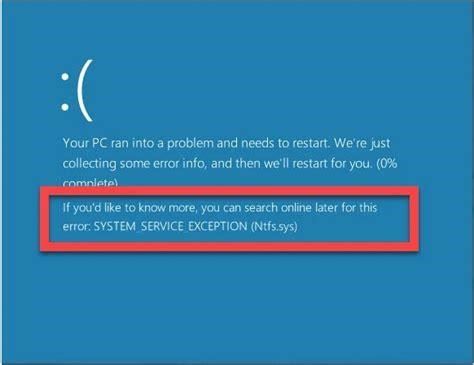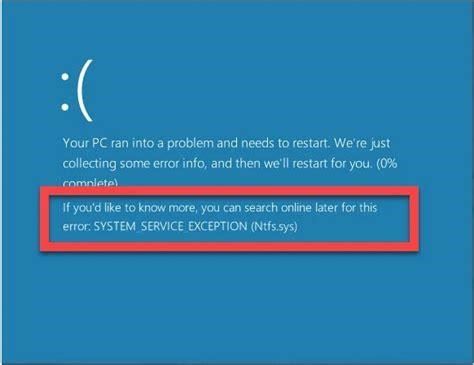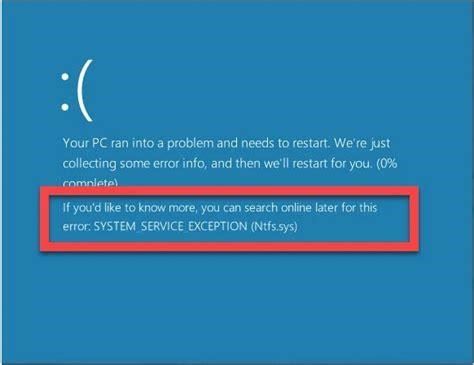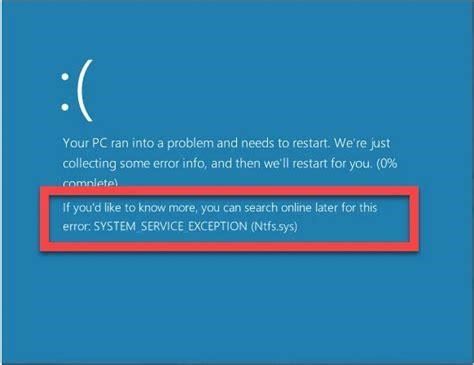Demystifying Wi-Fi Connectivity Issues on Windows 10
Nothing derails productivity like spotty Wi-Fi. We’ve all been there – working on an important project when the network abruptly cuts out. Before you know it, you’re struggling to reconnect while precious minutes tick away. If this sounds familiar, you’re not alone. Many Windows 10 users face intermittent wireless connectivity problems that disrupt workflow.
Fortunately, while frustrating, Wi-Fi issues on Windows 10 can often be resolved with a few strategic troubleshooting techniques. We’ll walk through some key steps to diagnose and banish pesky network dropout gremlins for good.
1. Update Your Network Adapter Drivers
Outdated network adapter drivers are a leading culprit behind Windows 10 wireless woes. Windows periodically checks for driver updates, but doesn’t always catch available upgrades right away. Manually updating drivers ensures you have the latest version.
Here’s how:
-
Open Device Manager (type "Device Manager" into the search bar).
-
Expand the Network adapters section.
-
Right click your Wi-Fi adapter and select Update driver.
-
Choose Search automatically for updated driver software.
-
Follow the prompts to install updates and restart your PC.
With updated drivers, you should enjoy a boosted, uninterrupted signal. If you still have issues, don’t fret – more solutions await.
2. Reset Your Network Settings
Over time, minor software glitches can corrupt your network settings, disrupting connectivity. Resetting all network settings to factory defaults clears out any gremlins gumming up the works.
Follow these steps:
-
Open Network & Internet settings.
-
Click Network reset on the right.
-
Select Reset now when prompted.
-
Wait for your PC to reboot and reconnect.
Resetting the network essentially gives your Wi-Fi a fresh start, wiping away settings that may be causing problems.
3. Switch Your Network Location to Private
Your network location controls various settings, including firewall profiles. The default Public profile restricts connectivity to beef up security. Switching to the Private profile optimizes settings for home networks.
Here’s how to switch:
-
Go to Network & Internet settings > Wi-Fi > Manage known networks.
-
Highlight your network and click Properties.
-
In the dialog box, change the Network profile to Private.
-
Click OK to save changes.
With your network set to Private, Windows can enable connectivity-enhancing features like network discovery and file sharing tailored for home Wi-Fi use.
4. Disable Power Saving for Network Adapters
To optimize battery life, Windows enables power saving for network adapters by default. This can disrupt Wi-Fi if the adapter powers down to save energy.
Disabling power saving prevents your adapter from sleeping:
-
Right click your Wi-Fi adapter in Device Manager.
-
Select Properties > Power Management tab.
-
Uncheck Allow computer to turn off device.
-
Click OK and reconnect to Wi-Fi.
With power saving disabled, your network adapter always stays alert and connected.
5. Scan for Malware
Viruses and malware love to meddle with network settings and connections. Run a full system scan to detect and remove any nefarious programs lurking in the shadows.
Windows Security provides effective protection built right in. Or you can install a third-party anti-virus program for enhanced security.
An infection-free system eliminates malware mischief that can destabilize Wi-Fi.
Parting Thoughts
Temperamental Wi-Fi that loses connection can certainly try one’s patience. But some strategic troubleshooting and tweaks make it possible to wave goodbye to wireless woes.
Updating drivers, resetting network settings, optimizing profiles, disabling power saving, and scanning for malware will help banish connection gremlins for smooth, disruption-free Wi-Fi.
We’d love to hear if these tips resolved your network issues! Feel free to share your experiences in the comments below. And stay tuned for more tech how-to’s and connectivity tricks coming soon.




